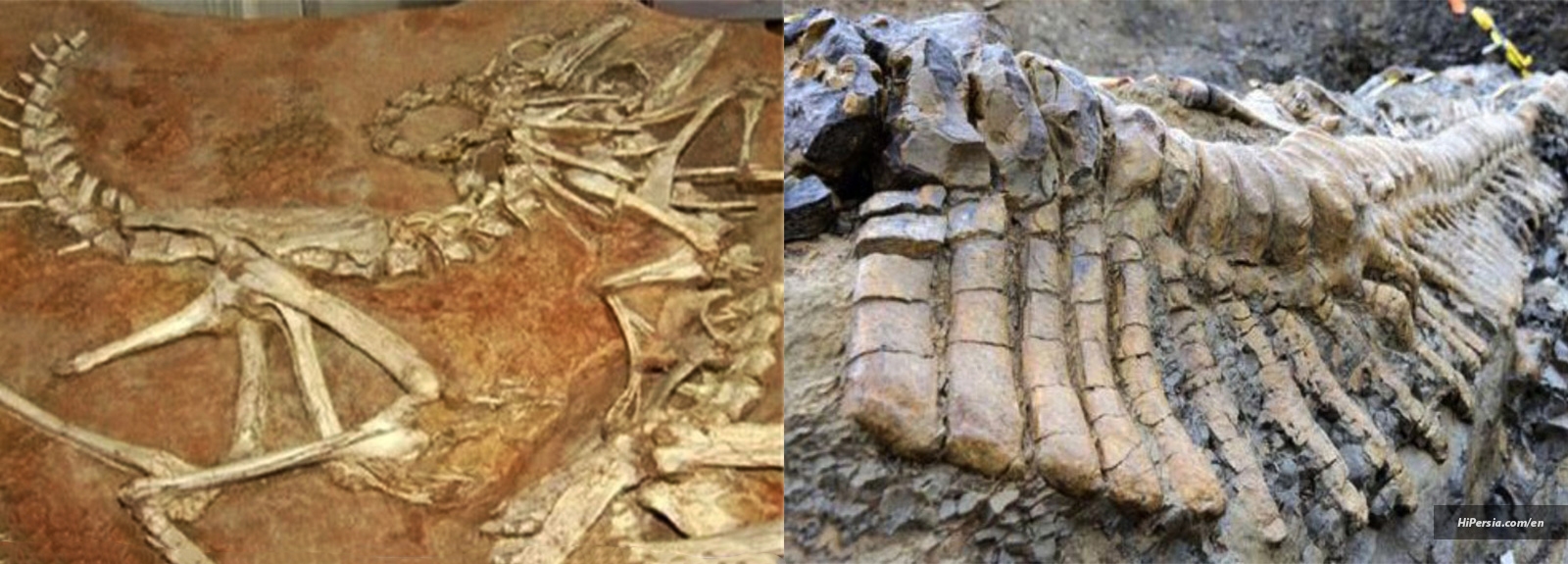



The Maragheh Fossil Area is one of the most different archeological sites in the world. There are various fossils of extinct mammals on this site.
The Maragheh fossil area has been the focus of paleontologists and geologists for many years. Many unique fossils have been found in this area at various stages of paleontological exploration. Therefore, this area has been called "the fossil paradise of Iran" by many geologists.

The Maragheh fossil area is known worldwide for its enormous herbivorous animal fossils. Some of them relate to the remains of Mastodons and Deinotherium (kind of elephants and rhinos). During excavating fossil and paleontological studies have been found mastodon dentin fossils, upper rhinoceros jaws, carnivorous skulls, horse teeth and jaws, giraffe jaws and fossils of a primary human.

It is interesting to know that the fossilized layers of Maragheh were first discovered by the Russian Khanikof in 1840. A part of the Maragheh fossil area (estimated total area of about 40,000 hectares) is located in Maragheh and Karajabad with an area of 1026 hectares.

Except for Maragheh, sediments similar to Maragheh are also found in Ahar, Varzeqan, northwest of Tabriz (Evand) and near Mianeh.
In the field of vertebrate animal fossil collection in the Maragheh area, the Natural History Museum of the EPA began activities in collaboration with UCLA University and the Los Angeles Museum of Natural History. The group continued digging and collecting fossils for three years, but ended after the Islamic Revolution.








“Oh! Squander not this breath that Heaven hath lent thee, Nor make too sure another breath to borrow!’” Khayam